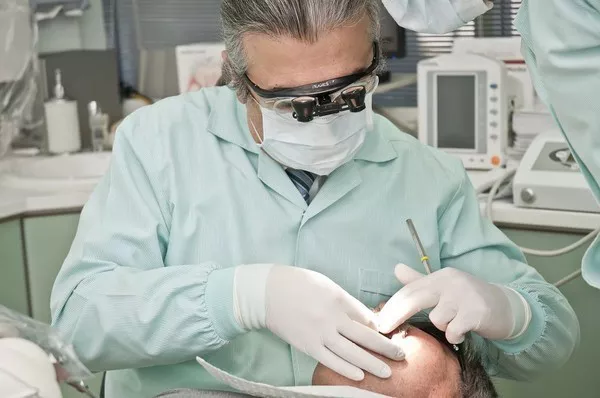The prospect of undergoing a tooth filling procedure can evoke anxiety for many individuals, often fueled by concerns about potential pain or discomfort. In this article, we unravel the layers of the tooth filling procedure, examining the factors influencing the perception of pain and how advancements in dentistry contribute to a more comfortable experience.
1. Understanding Tooth Decay: The Need for Filling Procedures
a. Cavity Formation: Tooth decay, often caused by acids produced by bacteria, leads to the formation of cavities or holes in the tooth enamel. These cavities require intervention to prevent further decay and preserve tooth structure.
b. Importance of Timely Treatment: Addressing cavities promptly through filling procedures is crucial to prevent the progression of decay and avoid more extensive treatments like root canals or extractions.
2. Anesthetic Administration: Numbing the Discomfort
a. Local Anesthesia: Dentists commonly use local anesthesia to numb the area around the tooth undergoing the filling procedure. This ensures that patients do not experience pain during the treatment.
b. Needle Sensation: While the injection of anesthesia involves a needle, many modern anesthetics cause minimal discomfort. Dentists often use topical numbing agents before administering the injection to further reduce the sensation.
3. The Filling Procedure: Step-by-Step Insights
a. Tooth Preparation: The dentist begins by assessing the cavity’s size and removing the decayed portion of the tooth. This step involves cleaning and shaping the cavity to prepare it for the filling.
b. Filling Material Application: The chosen filling material, whether amalgam, composite, or ceramic, is applied to the prepared cavity. The dentist carefully shapes and molds the filling for optimal function and appearance.
c. Curing Process (for Composite Fillings): In the case of composite fillings, a curing light is used to harden the material. This step may involve a bright light, but it is typically well-tolerated.
4. The Role of Anxiety and Perception
a. Psychological Factors: Anxiety and fear associated with dental procedures can heighten the perception of pain. Open communication with the dentist about concerns allows for a more personalized and supportive experience.
b. Technological Advancements: Modern dental practices incorporate technologies that enhance patient comfort. Laser technologies, for instance, are employed for certain procedures, minimizing discomfort and reducing the need for traditional drills.
5. Post-Procedure Sensations: Managing Discomfort
a. Temporary Sensitivity: It’s common to experience temporary sensitivity after the filling procedure. This sensitivity typically subsides within a few days and can be managed with over-the-counter pain relievers if needed.
b. Communication with the Dentist: If persistent discomfort or pain arises, communicating with the dentist is crucial. This allows for a prompt assessment of the situation and appropriate adjustments or interventions.
Conclusion: A Comfortable Path to Oral Health
The question of whether the tooth filling procedure is painful is influenced by various factors, including the use of local anesthesia, advancements in dental technology, and individual perceptions. Dental professionals prioritize patient comfort, and advancements in techniques and materials contribute to a more relaxed experience.
As individuals navigate the path to oral health, open communication with dentists about concerns and anxieties is key. The tooth filling procedure, when approached with a collaborative mindset between patients and dental professionals, becomes a pivotal step in preserving dental health without the overshadowing fear of pain.
Remember, maintaining regular dental check-ups and addressing dental issues promptly contribute not only to oral health but also to a more comfortable and anxiety-free dental experience. Embracing the journey to oral health with a proactive and informed mindset ensures a path paved with comfort and well-being.
How Much Is Teeth Whitening Without Insurance
Why Does Uv Light Whiten Teeth
How Much Is It for a Filling at the Dentist































